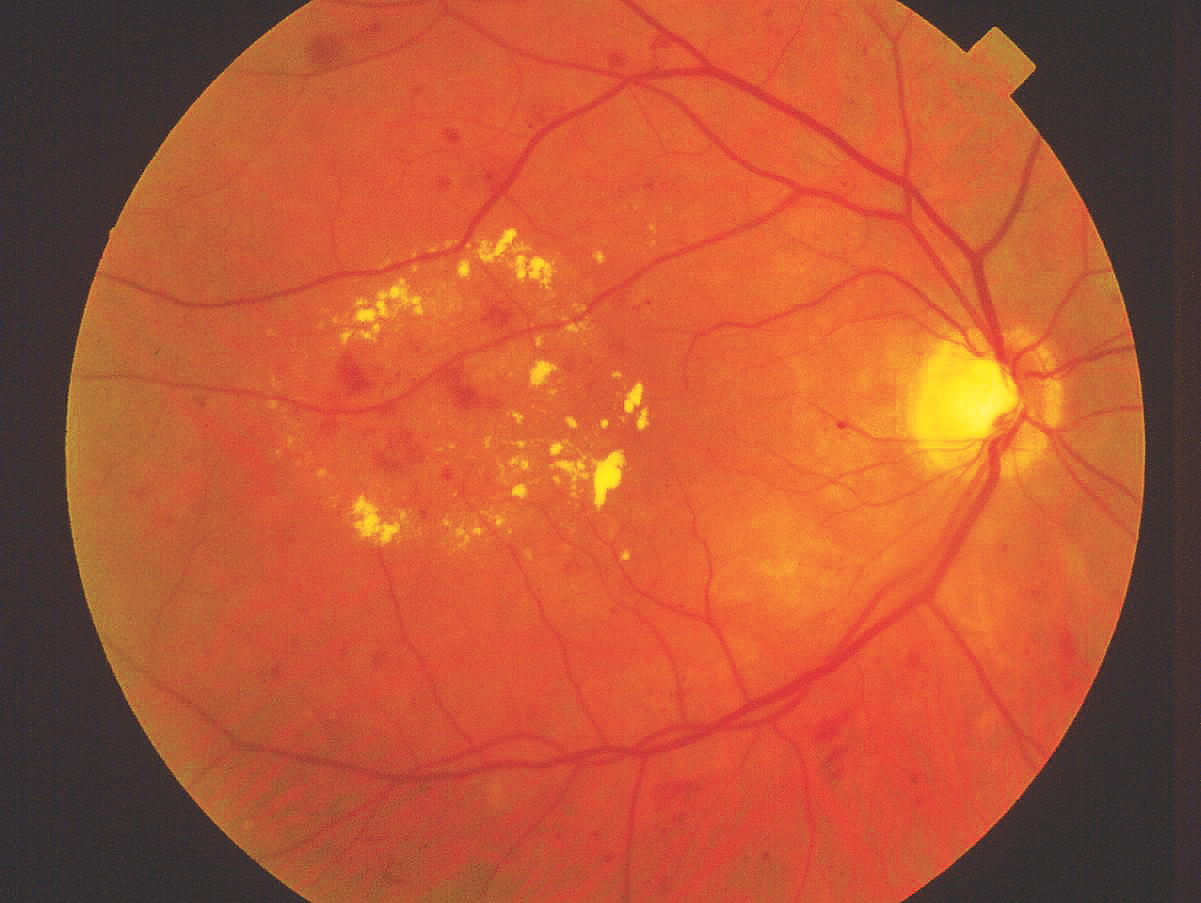
Whether you wear eyeglasses or not does not determine your eye health. And this is especially true with diabetics, who frequently make the mistake of, "If it ain't broke, don't fix it." Many diabetics merrily go along without checking their blood sugars daily, if at all. And a surprising number rarely see an eye doctor.
The problem is that little by little, year by year, elevated blood glucose levels damages the tiny blood vessels in the heart, the kidney, the toes, and the eyes. It is not unusual for a diabetic who has not seen an eye doctor to suddenly present for an exam, believing it is merely a need for new eyeglasses.
Diabetes, left untreated or with poor glucose control, can cause bleeding in the retina, which is the inner layer of the eyeball. This can then cause loss of vision requiring laser treatment or injections of medications with a needle into the eye itself. Sometimes these treatments are successful in preserving vision, but not always.
If you are diabetic, here are the steps you need to start today:
See your primary doctor no less frequently than once per year, more frequently if your blood sugar is not under control or you have other medical conditions.
See an eye doctor for a thorough eye examination, including an examination of the retina, no less frequently than once per year, more frequently if you have bleeding or leakage of protein in the retina.
Strive for good glucose control, not just with daily measurements, but even more importantly, by getting Hemoglobin A1C measurements every 3 months. A good level is 6.5 or below, unless your physician recommends otherwise.
KNOW YOUR NUMBER, and consider taking a lutein and zeaxanthin supplement to support the health of your retina. Two good choices are:
Paul Krawitz, M.D.
Dr. Paul Krawitz is a board-certified ophthalmic surgeon and university clinical professor of ophthalmology. He serves as President and CEO of Shop VisiVite and is a physician partner at OCLI, a world-renowned ophthalmologic practice on Long Island, New York.



![Download [FREE Book Today]](https://no-cache.hubspot.com/cta/default/5009299/d9a95b1e-cc91-49c0-9d4d-0080f765610f.png)

Comments